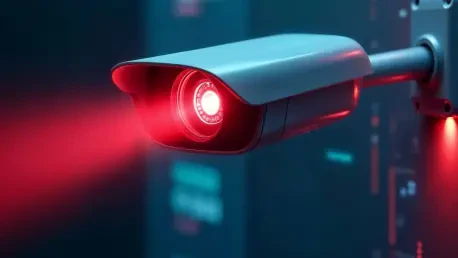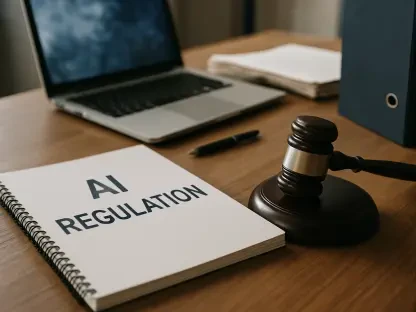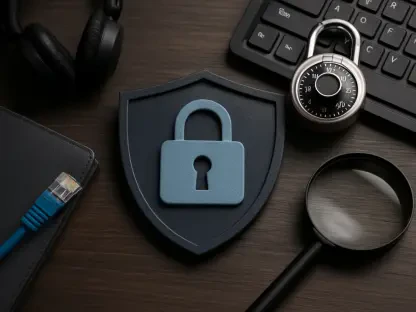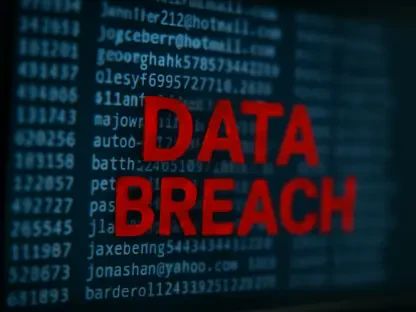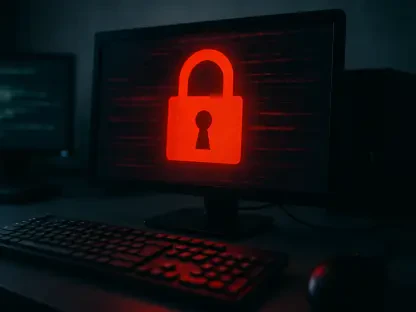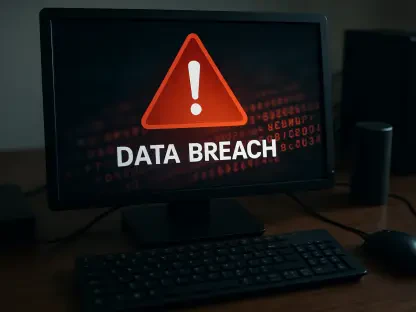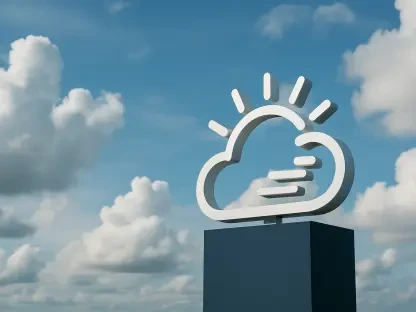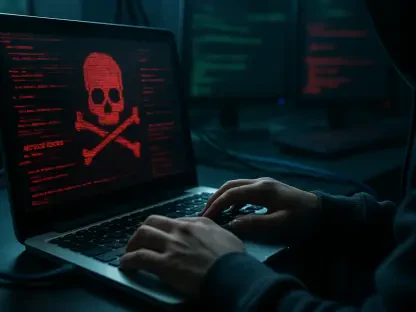In the realm of cybersecurity, working diligently behind the scenes are experts like Rupert Marais, whose authority in endpoint and device security, cybersecurity strategies, and network management has helped illuminate the dangers of around 40,000 exposed security cameras. As breaches and vulnerabilities in surveillance systems become more rampant, these insights are crucial for understanding the broader implications on privacy and security. Today, Rupert dives into the factors contributing to these exposures, their implications, and the steps required to mitigate these risks.
What specific factors have led to over 40,000 security cameras being exposed to the internet?
The primary issue lies in the use of unsecured protocols like HTTP and RTSP, which allow these cameras to stream directly to the internet. Many of these devices are configured with default settings that make them easily accessible to anyone who can find their IP addresses. This lack of proper security measures, including failure to change default passwords or enable encryption, is a significant contributor.
How are HTTP and RTSP protocols involved in the exposure of these security cameras?
HTTP and RTSP protocols allow for video transmission over the internet, enabling live streaming directly from a web browser. These protocols, especially when improperly configured, open up the cameras to the public internet. HTTP is more common in home and small office settings, making it easier for unauthorized access, while RTSP is used for professional systems needing low-latency streaming but also faces exposure issues via generic URIs.
Can you explain the differences between HTTP-based cameras and RTSP cameras in terms of their operation and vulnerability?
HTTP-based cameras typically function through standard web technologies, and while easy to set up, they often come with vulnerabilities like exposed administrative interfaces. RTSP cameras are used in more professional setups, prioritizing continuous video transmission, yet their complexity doesn’t exempt them from being susceptible to exposure; they can still be accessed through unsecured URIs if not properly protected.
What are some potential risks of having these cameras exposed online?
Exposed cameras can facilitate a range of malicious activities, from simple privacy invasions to more severe dangers like cyberattacks, espionage, extortion, and even stalking. They can be a gateway for cybercriminals to enter a network, turning the devices into botnets or pivot points to access sensitive information within an organization.
Can you provide more details on which countries have the highest number of exposed cameras?
The United States leads with more than 14,000 cameras, closely followed by Japan with about 7,000. Other countries such as Austria, Czechia, and South Korea have approximately 2,000 each, while Germany, Italy, and Russia report around 1,000 exposed cameras.
How does the exposure of cameras differ between residential and commercial settings?
In residential settings, cameras are often linked to personal networks and internet service providers, making them directly tied to the owner’s IP. In commercial settings, while the scale and scope might be different, the lack of proper security protocols or understanding often leads to similar exposures, creating vulnerable points within larger networks.
Why is the telecommunications sector the most affected by these exposed cameras?
Telecommunications is heavily impacted as it involves extensive use of both commercial and residential-grade devices connected to vast networks. The massive deployment and connectivity requirements in this sector lead to numerous cases of exposure when security isn’t appropriately implemented.
When excluding cameras from the telecommunications sector, which other industries are significantly impacted, and why?
After telecommunications, the technology sector sees a significant impact, with pervasive camera use for security and monitoring. Media and entertainment, utilities, business services, and education follow due to their reliance on networked surveillance for operational security, all vulnerable if best practices aren’t followed.
How are cybercriminals exploiting these exposed security cameras on the dark web?
On the dark web, threat actors discuss and exchange methods to exploit these cameras, possibly integrating them into botnets or using them as entry points to penetrate broader networks. The scale of these vulnerabilities can facilitate larger attacks, with rampant discussions reflecting the constant targeting and exploitation of these devices.
What are some practical steps individuals and businesses can take to protect their security cameras from being hacked?
Securing internet connections, changing default passwords, and disabling unnecessary remote access are crucial. Devices should be frequently updated, and users should monitor for unusual activities, ensuring that security settings are aligned with the latest practices to safeguard against unauthorized access.
What challenges do businesses face in preventing their surveillance systems from being exposed?
Businesses often wrestle with maintaining updated security configurations, replacing outdated equipment, and educating personnel on potential threats. Ensuring that network and device security is continuously prioritized amid other business demands is a significant challenge.
How important is it for companies to regularly update and monitor their security cameras?
Regular updates are critical as they often contain vital patches for known vulnerabilities. Continuous monitoring allows companies to quickly detect unauthorized access attempts, enhancing their ability to respond promptly to threats and maintain the integrity of their surveillance systems.
What are the potential consequences for companies if their security cameras are hacked?
A breach could lead to sensitive information being accessed or exploited, potential financial losses, reputational damage, and even legal repercussions. The cameras could be used to mount broader attacks, impacting not just the company but also its clients and partners.
Have there been any notable incidents or trends involving the hacking of security cameras in recent times?
Instances of security camera hacking have increased, ranging from unauthorized live streaming of private feeds to the incorporation of cameras into botnets performing further attacks. Trends suggest a rising sophistication in the attacks, harnessing these vulnerabilities for higher-stakes cybercrimes.
Can you provide insight into how vulnerabilities in security cameras can lead to broader cybersecurity threats for organizations?
Once a security camera is compromised, it can serve as an entry point into the organization’s network. Cybercriminals can exploit this access to move laterally, bypassing further security measures, and potentially accessing critical systems and confidential data, magnifying the overall threat landscape.
What is your forecast for the future of security camera vulnerabilities?
As technology advances, the likelihood of security camera vulnerabilities may persist due to the rapid deployment of IoT devices without adequate security measures. However, increased awareness and better practices can mitigate risks, fostering environments where ethical guidelines and robust defenses shape device security.
